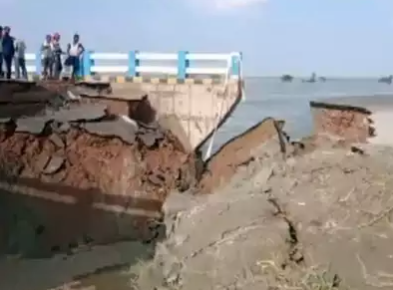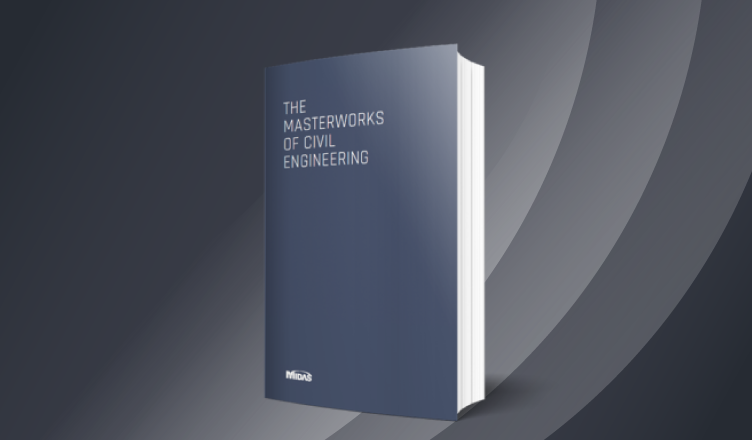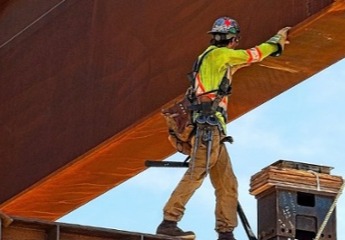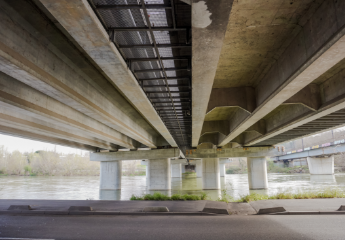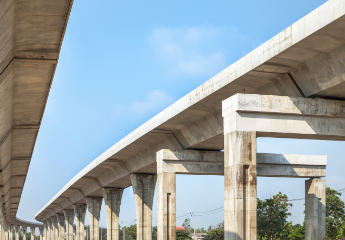Please fill out the Download Section (Click here) below the Comment Section to download the Project Application.
Table of Content
1. Introduction
2. The most common causes of culvert bridge failure
3. Culvert bridge analysis & design consideration
4. Conclusion
On July 15, 2020, a portion of approach to Sattarghat Bridge (Ram Janaki Pul) in Bihar, India on Gandak River that was inaugurated a month ago collapsed after water flow increased in the river due to heavy rainfall. The main bridge of the Sattarghat Bridge plan is intact but a culvert (an 18 m long minor bridge) connecting the approach road to the bridge was unable to withstand the pressure caused by the rising levels of the river and was washed away.
This failure rendered a newly constructed highway stretch, constructed for 264 crores (approx. 36 million USD), unusable.
The most common causes of culvert bridge failure are:
1. Structural design deficiencies
2. Erosion of the soil around the structure
3. Mistake during construction
4. Accidental overload and impact due to Live Loads
5. Failure due to environmental effects
The major issue cause of failure for this culvert was the erosion of nearby soil, coupled with lack of consideration for buoyant force. In other words, this kind of failure generally happens due to improper compaction of surrounding soil and inappropriate size of the culvert as per the hydraulic design. Water passing through an undersized culvert could scour away the surrounding soil over time.
The below picture shows the recommendation from the Indian standards (IRC: 6-2016) regarding the consideration of the buoyancy loads separately for the submerged structures.
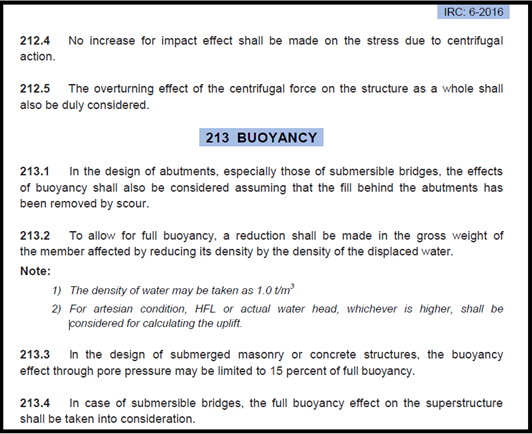
Culvert bridge analysis & design consideration:
Culverts are required to be provided under earth embankment for the crossing of watercourse like streams across the embankment, as road embankment cannot be allowed to obstruct the natural waterway. Box culverts are ideal bridge structures when the discharge of ditches or waterways across the road is low and the soil bearing capacity is low.
A box culvert could be defined as a structure consisting of two horizontal and two vertical slabs built monolithically and ideally suited for a road or railway crossing over a stream or an underpass for vehicles & pedestrians. In this case, it was over a stream.
The dimensions of the box culvert should be obtained from the hydraulic design based on the acquired hydraulic data of the area. Box culverts are very economical due to their rigid design and monolithic action. Absence of mechanical parts like bearings and exposed steel means the maintenance for such a structure is practically non-existent.
For the proper analysis of the culvert bridge following Points needs to be considered in the model.
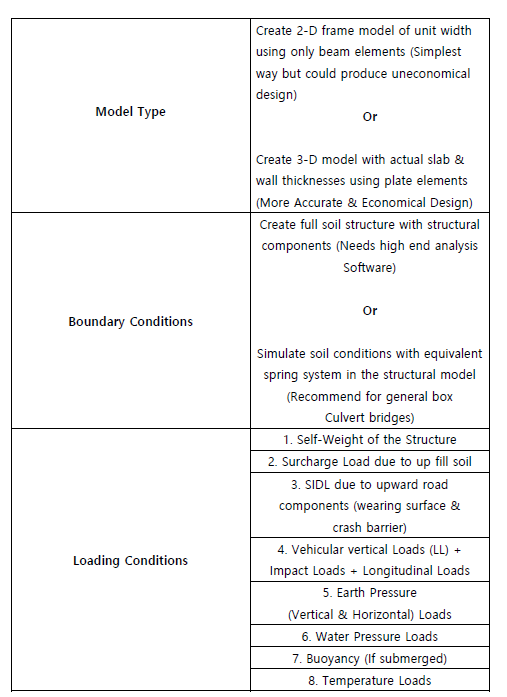
For the design consideration, ultimate strength checks are required for flexure & shear and serviceability checks are required for crack widths & service stresses as per the respective standards. The correct & safe design of Culvert Bridge without failure depends on proper design and engineering considerations being given to load and water capacities, surrounding soil analysis, backfill & bedding compaction, and erosion protection.
Here’s how a box culvert could be modelled and checked in the bridge engineering program, Midas Civil.
 Get Started midas Civil
Get Started midas Civil
 Featured blog of this week
Featured blog of this week

